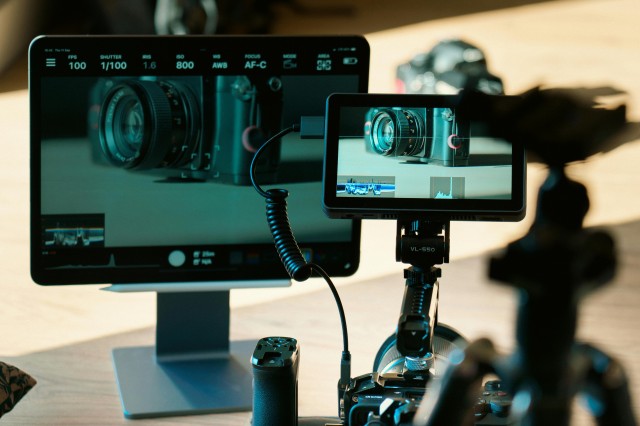
How do digital cameras assist with creating time lapse photography
Time-lapse photography has revolutionized how we capture and experience the passage of time, turning hours into seconds and revealing the hidden beauty of our world. But what makes this mesmerizing art form possible? Digital cameras serve as the backbone of modern time-lapse photography, offering capabilities that traditional film cameras simply couldn't match.
What Is Time-Lapse Photography?
Before diving into the digital advantages, let's understand the magic: time-lapse photography involves taking a series of photographs at set intervals and then playing them back at normal video speed. This technique compresses time, allowing us to witness flowers blooming in seconds, clouds racing across the sky, or cities coming alive after dark.
7 Key Ways Digital Cameras Revolutionize Time-Lapse Photography
1. Interval Shooting Made Intelligent
Modern digital cameras come equipped with built-in intervalometers or time-lapse modes that can automatically capture images at precise intervals ranging from seconds to hours. This eliminates the need for external timers and ensures consistent timing throughout your shoot.
Pro tip: Some advanced digital cameras allow intervals as precise as 1 second, perfect for capturing fast-moving subjects like busy streets or waterfalls.
2. Real-Time Preview and Instant Feedback
Unlike film cameras where photographers had to wait weeks to see results, digital cameras provide immediate LCD previews. This instant feedback allows photographers to adjust composition, exposure, and focus on the fly, ensuring perfect time-lapse sequences.
3. Massive Storage Capacity
A single high-capacity memory card can store thousands of high-resolution images. A 128GB card can hold approximately 4,000 RAW images or 16,000 JPEGs, allowing for extended time-lapse sequences that can span days or even weeks.
4. Advanced Exposure Control Systems
Digital cameras excel at maintaining consistent exposure throughout time-lapse sequences. Features like Auto Exposure Bracketing (AEB) and manual exposure lock prevent flickering that can ruin time-lapse videos. Many cameras also offer bulb ramping for smooth transitions between day and night.
5. Wireless Connectivity and Remote Control
Modern digital cameras often include Wi-Fi, Bluetooth, and smartphone connectivity that enable remote monitoring and control. Photographers can start, stop, and adjust time-lapse sequences from their phones, perfect for capturing inaccessible locations or dangerous environments.
6. In-Camera Time-Lapse Compilation
Many digital cameras now feature built-in time-lapse video creation, automatically compiling thousands of images into ready-to-share videos. This eliminates the need for complex post-processing software, making time-lapse photography accessible to beginners.
7. Enhanced Low-Light Performance
Digital sensors with improved ISO capabilities allow for stunning night time-lapses. Cameras can capture detailed images in low light conditions, enabling photographers to create dramatic sequences of star trails, city lights, or aurora borealis.
Fascinating Facts About Digital Time-Lapse Photography
- The world's longest time-lapse was created using a digital camera and spanned 365 days, capturing the changing seasons in a single video
- Professional time-lapse sequences can capture up to 10,000 individual frames for a single final video
- Digital cameras can achieve exposure consistency within 1/3 stop variations, virtually eliminating flicker
- The fastest commercial digital cameras can capture 50,000 frames per second, though practical time-lapse typically uses much slower intervals
Choosing the Right Digital Camera for Time-Lapse
When selecting a digital camera for time-lapse photography, look for:
- Built-in intervalometer or time-lapse mode
- Manual exposure controls
- Good low-light performance
- Reliable autofocus system
- Long battery life or external power options
- Weather sealing for outdoor shoots
Pro Tips for Digital Time-Lapse Success
- Use manual focus to prevent autofocus hunting during your sequence
- Shoot in RAW format for maximum post-processing flexibility
- Bring extra batteries and consider portable power solutions for long sequences
- Monitor storage space and bring multiple memory cards
- Test your setup with a short sequence before committing to long shoots
The Digital Revolution in Time-Lapse Photography
Digital cameras have democratized time-lapse photography, transforming it from a specialized technique requiring expensive equipment into an accessible art form. With features like automatic exposure compensation, wireless connectivity, and in-camera video compilation, digital technology has made it possible for anyone to create stunning time-lapse sequences that reveal the hidden rhythms of our world.
From documenting construction projects to capturing natural phenomena, digital cameras continue to push the boundaries of what's possible in time-lapse photography, making every moment worth capturing and every story worth telling.
Ready to start your time-lapse journey? Modern digital cameras put the power of time manipulation in your hands – all you need is creativity and patience to capture the world in a whole new way.


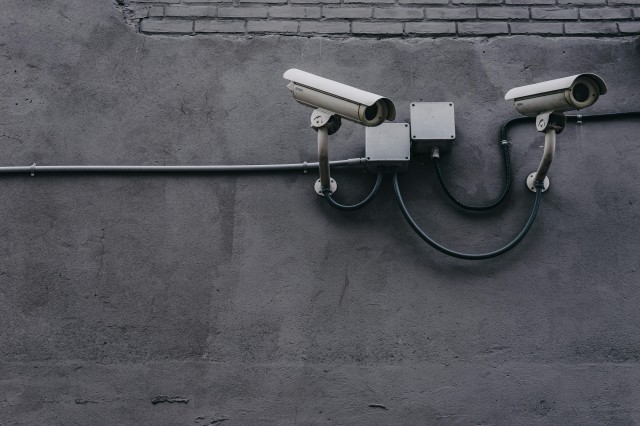
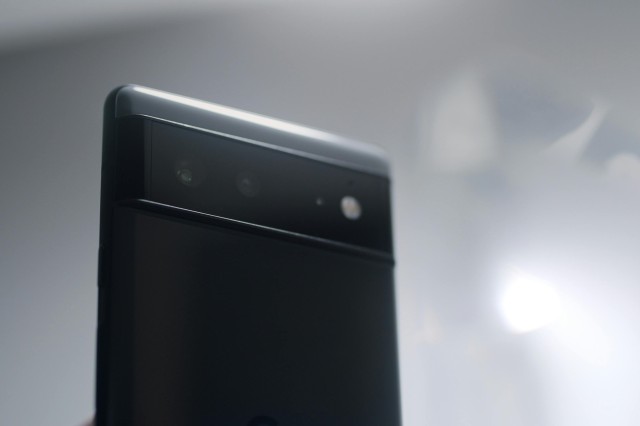
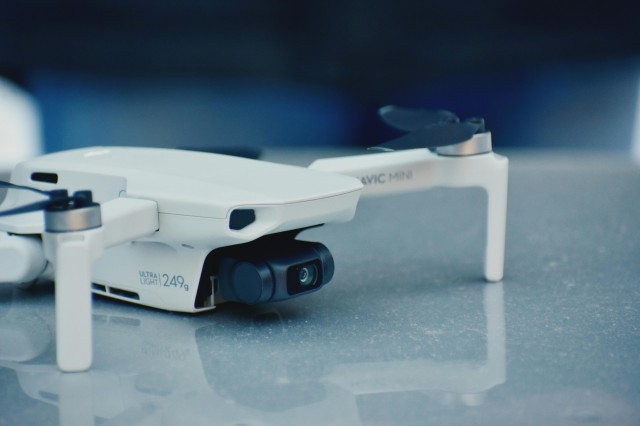
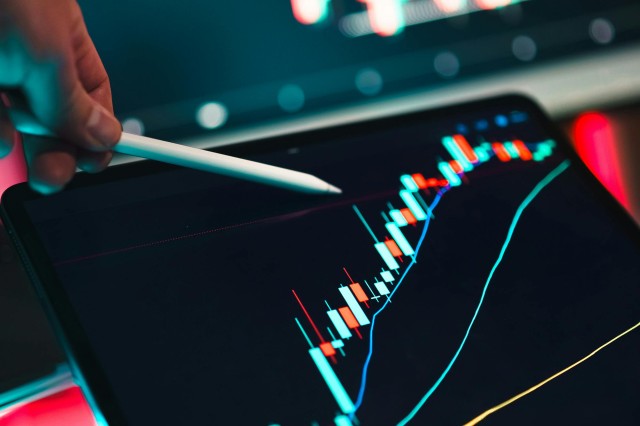
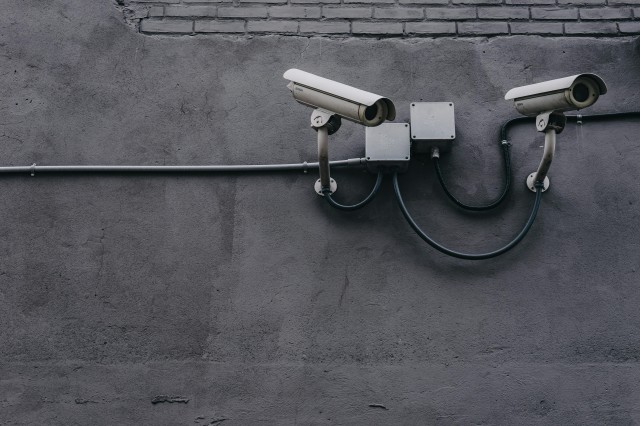
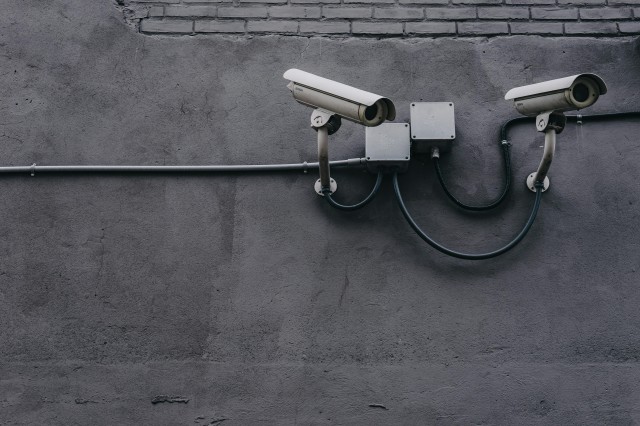
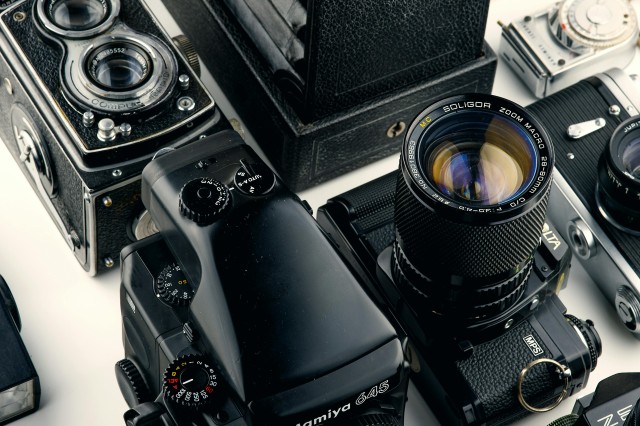







Post Comment